
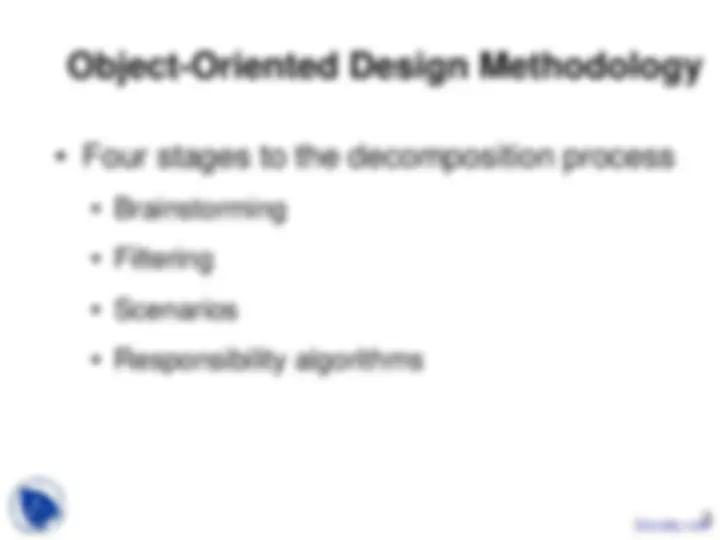
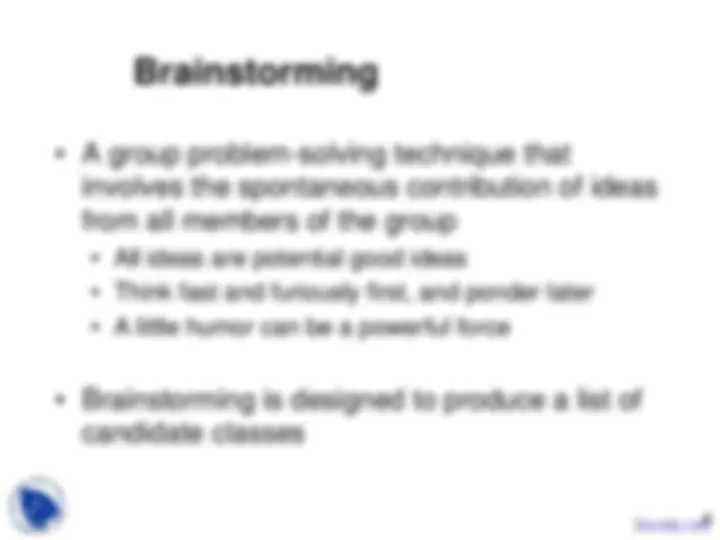
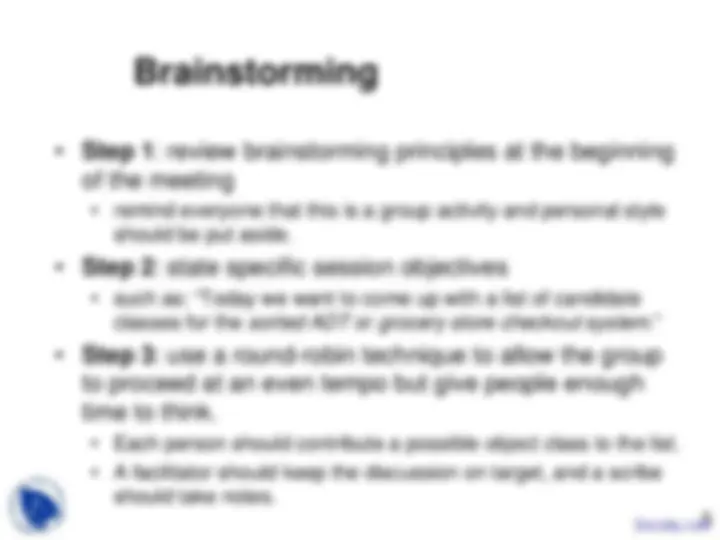
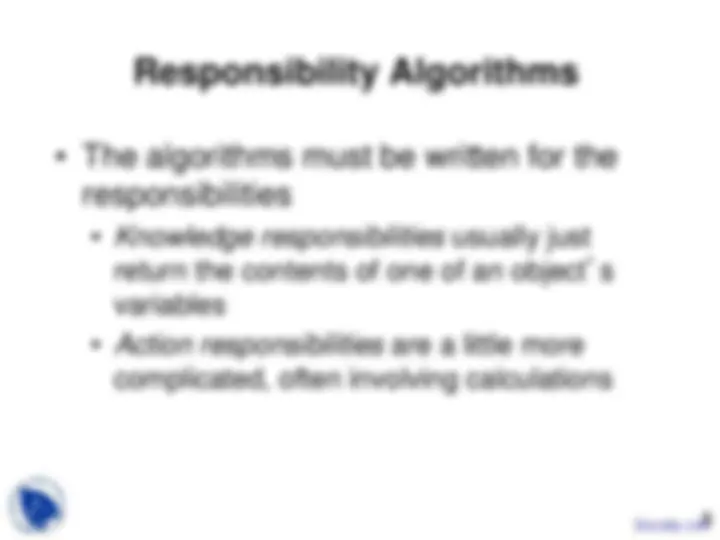
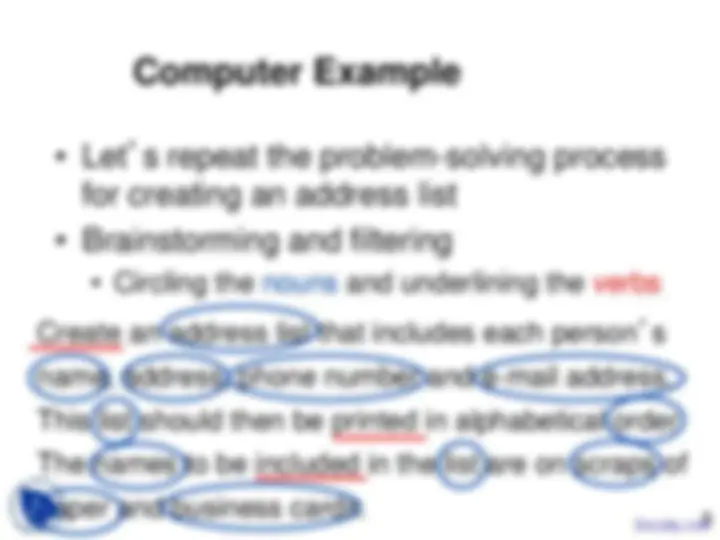
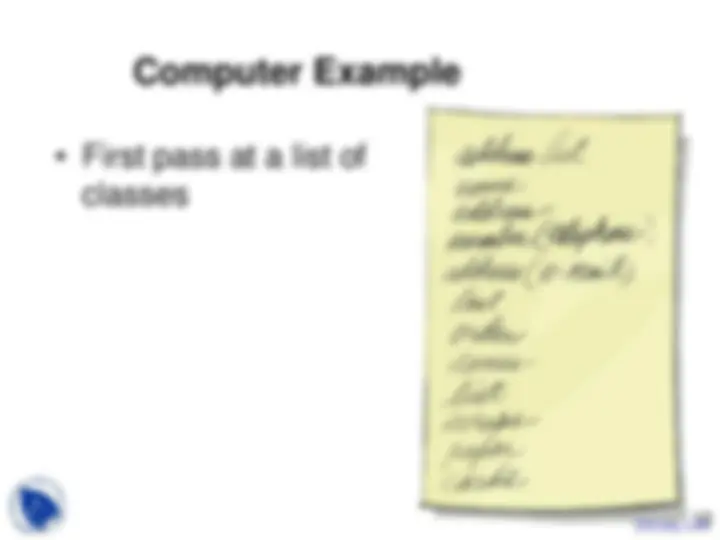
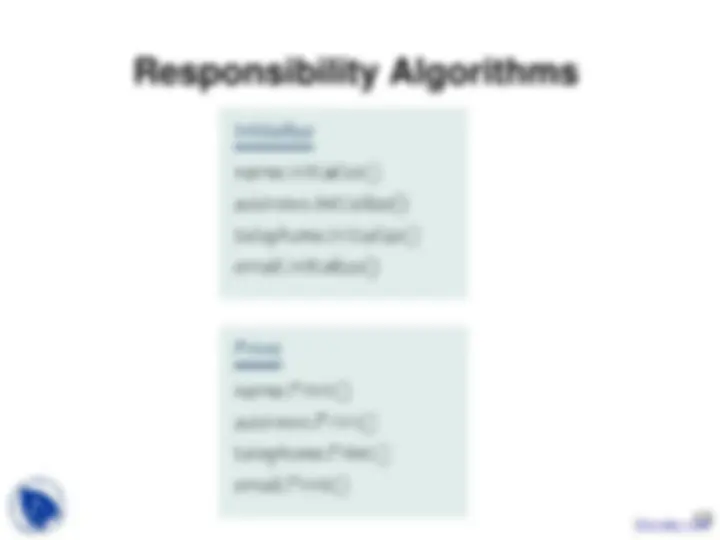
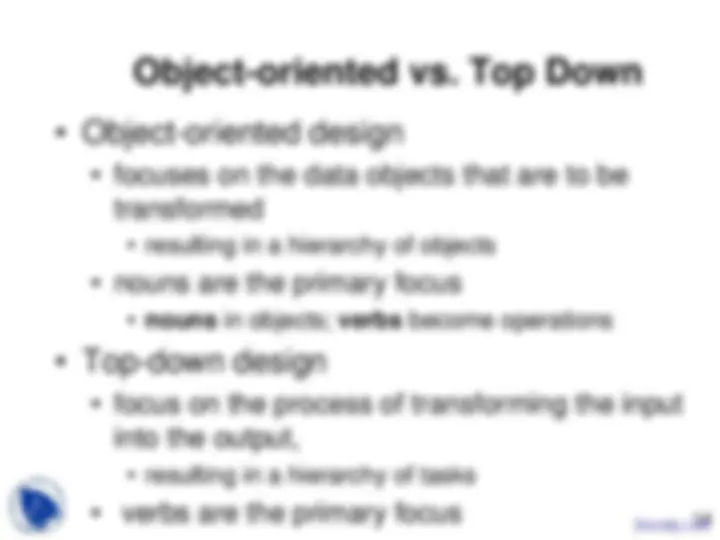
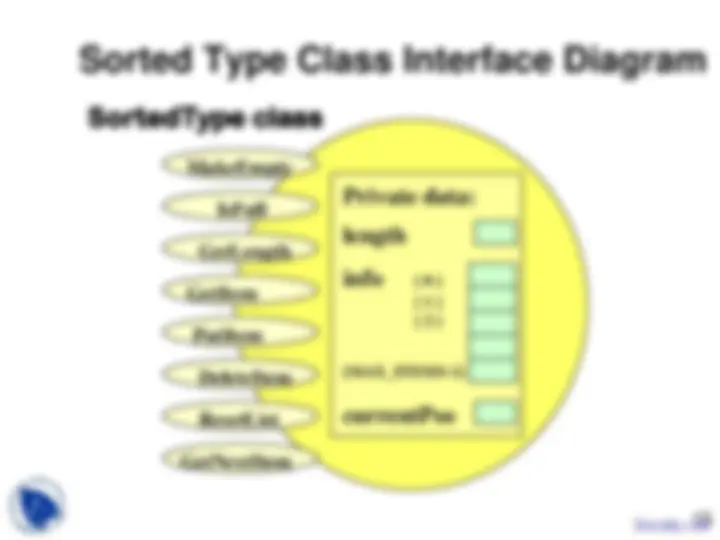
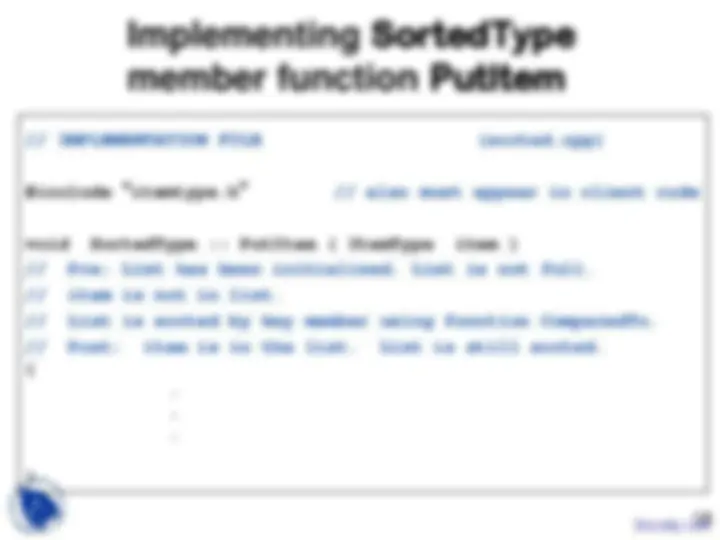
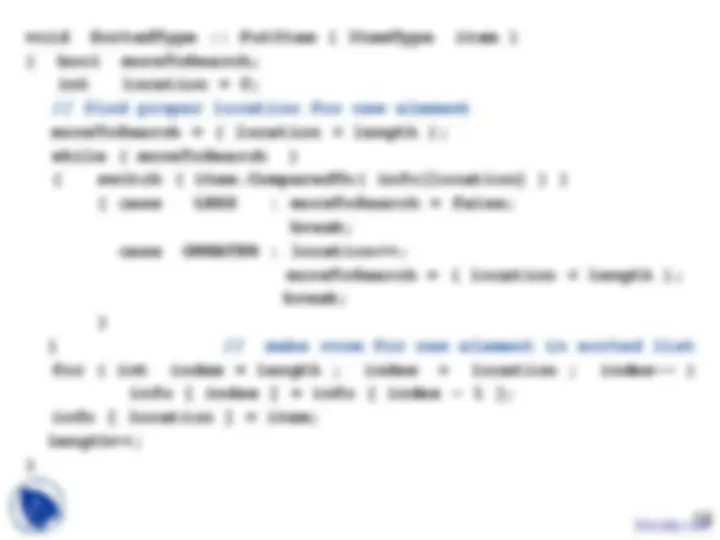
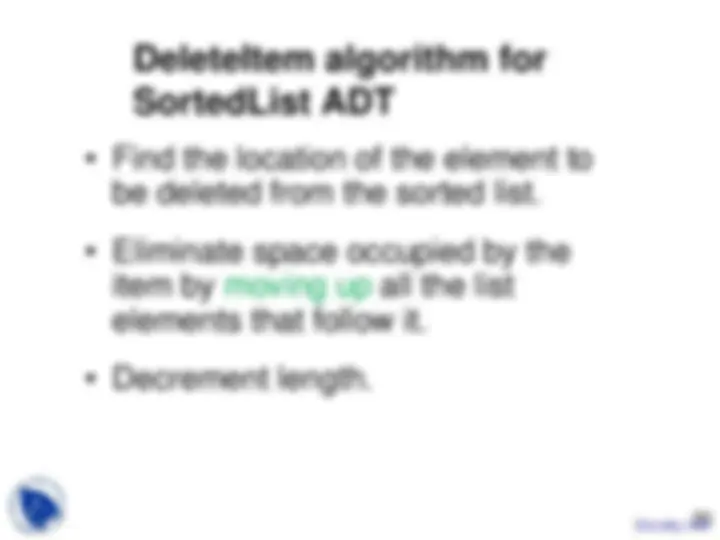
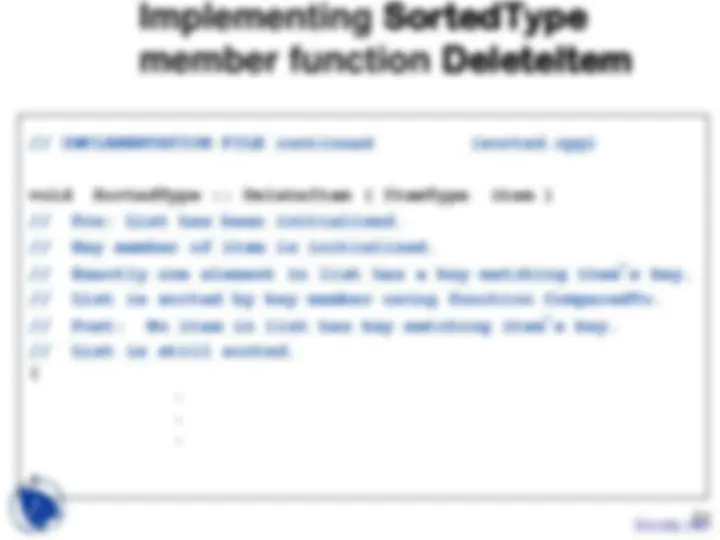
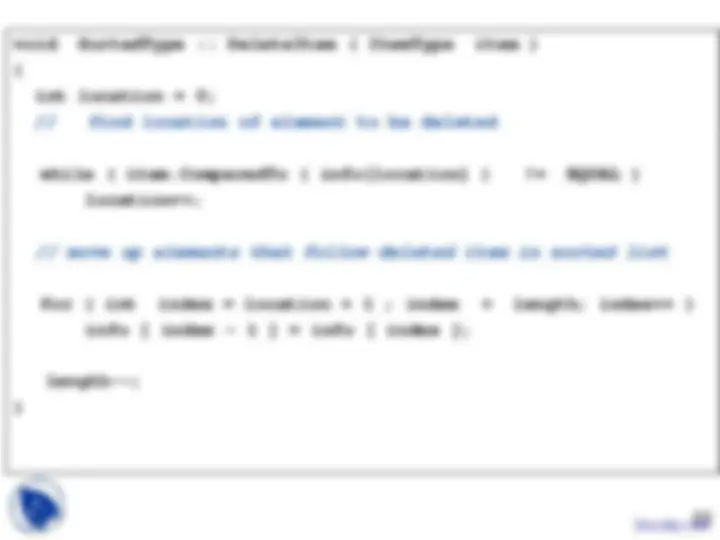
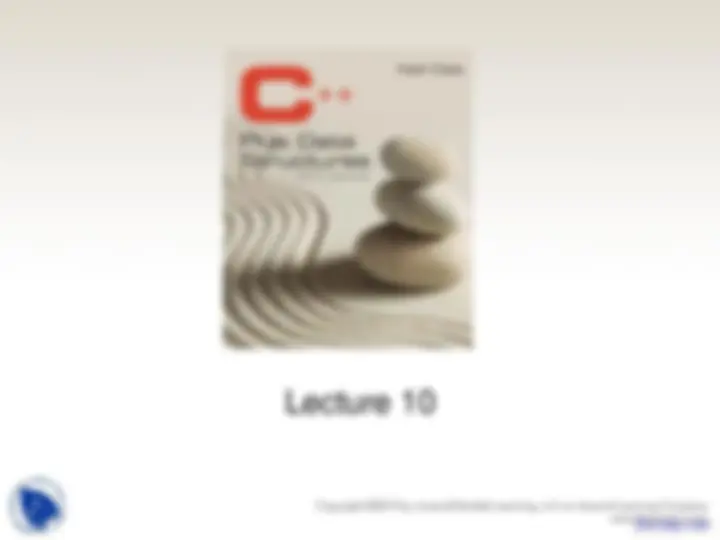
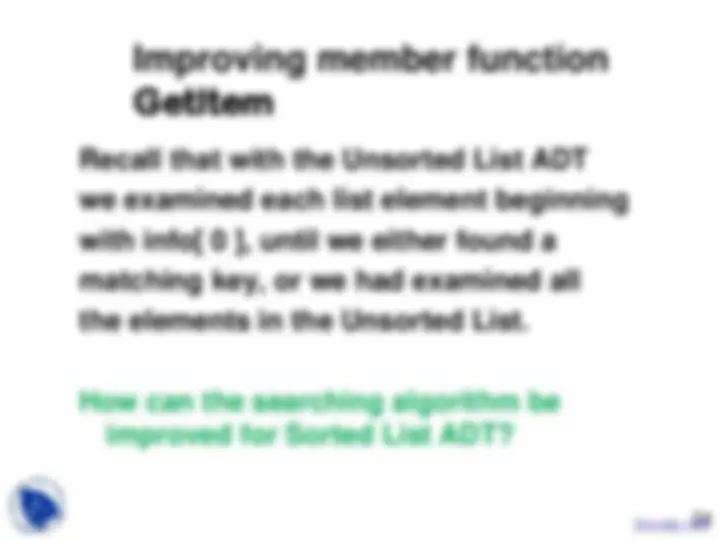
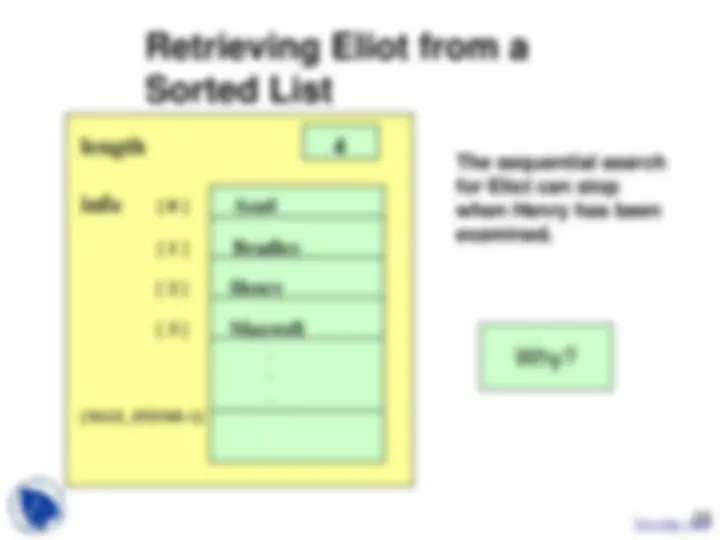
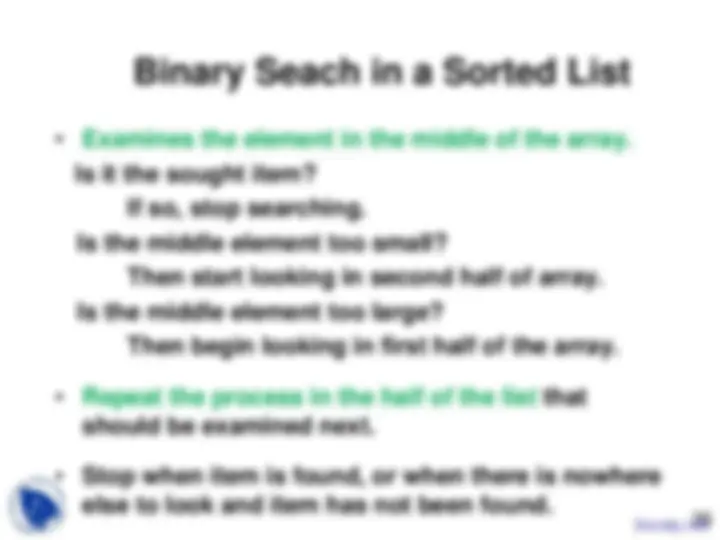
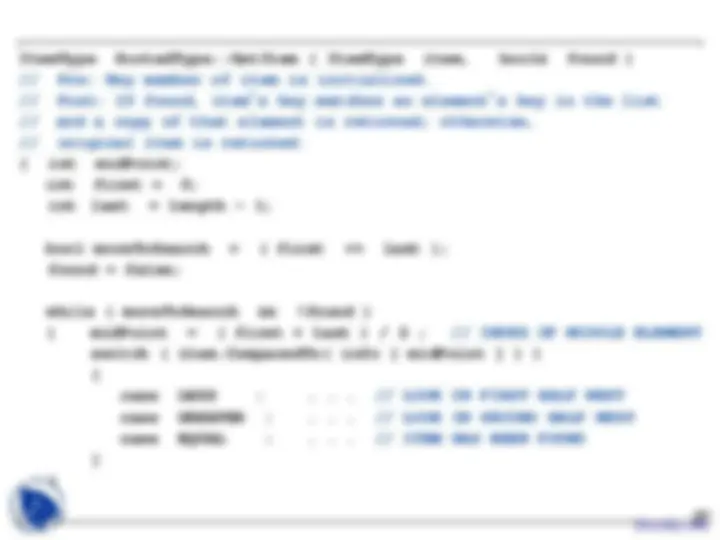
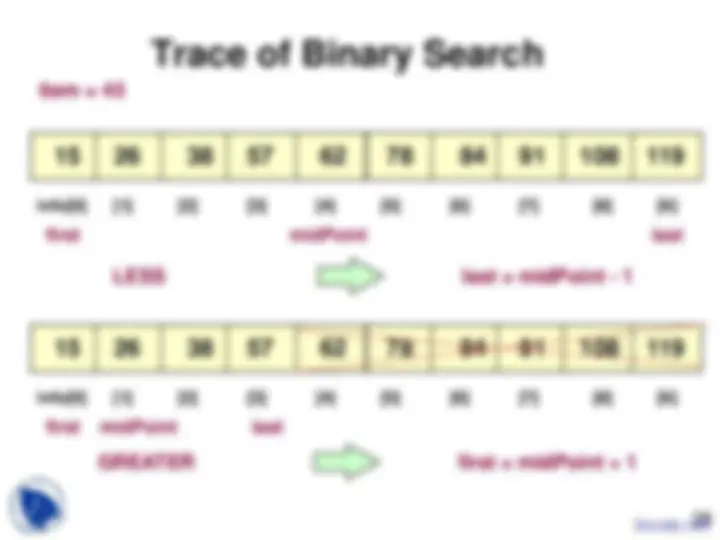
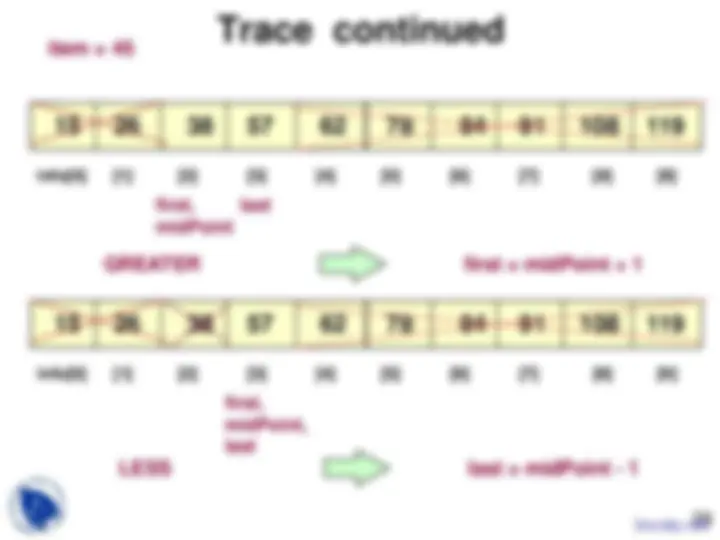
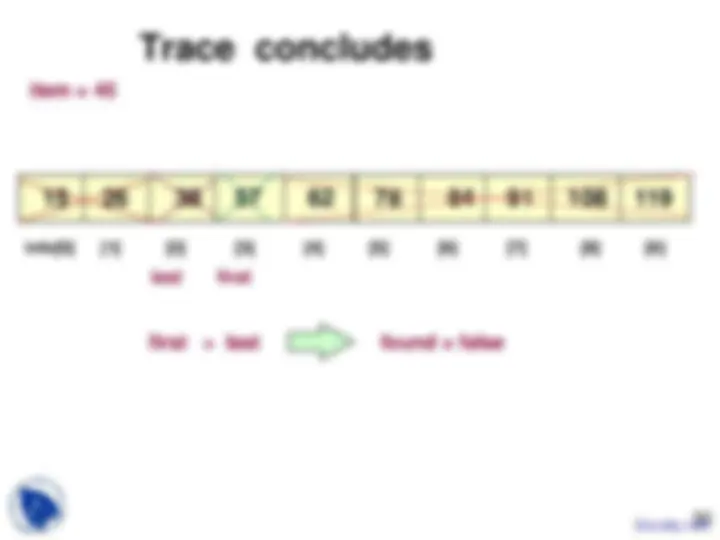
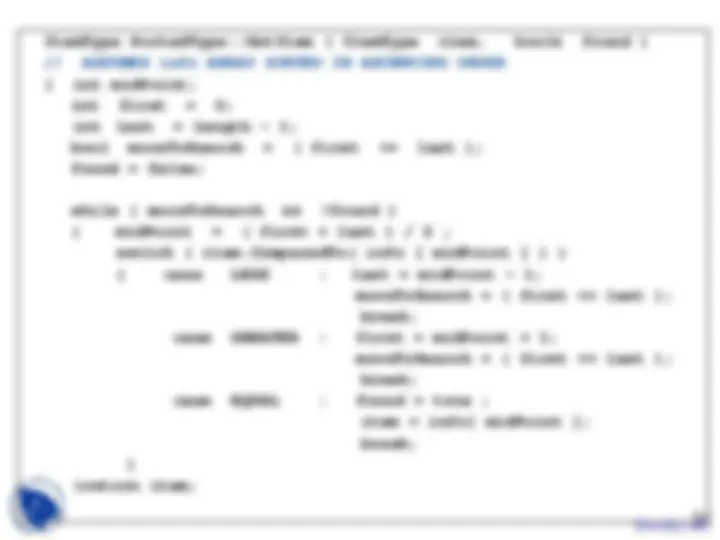
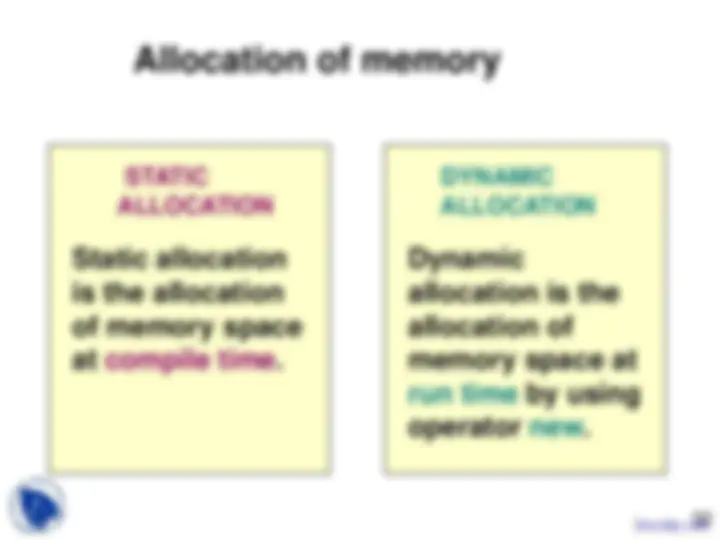
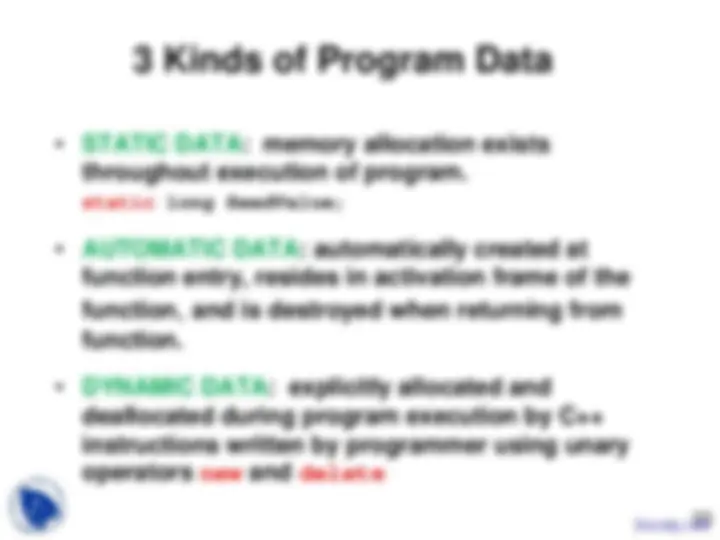
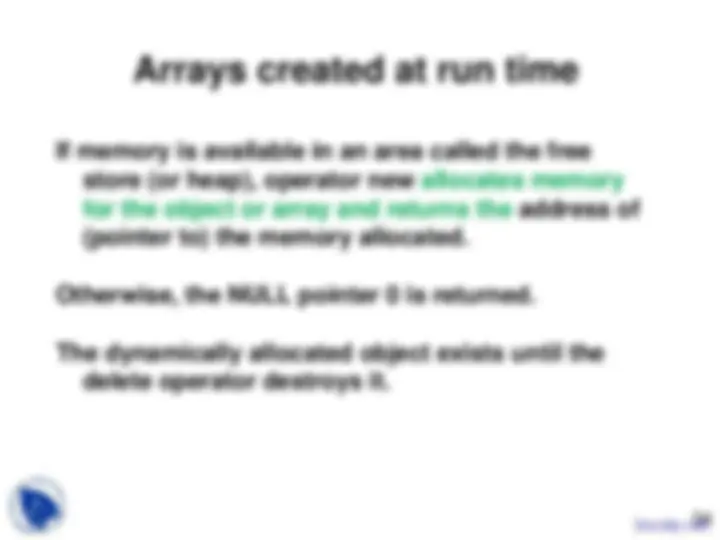
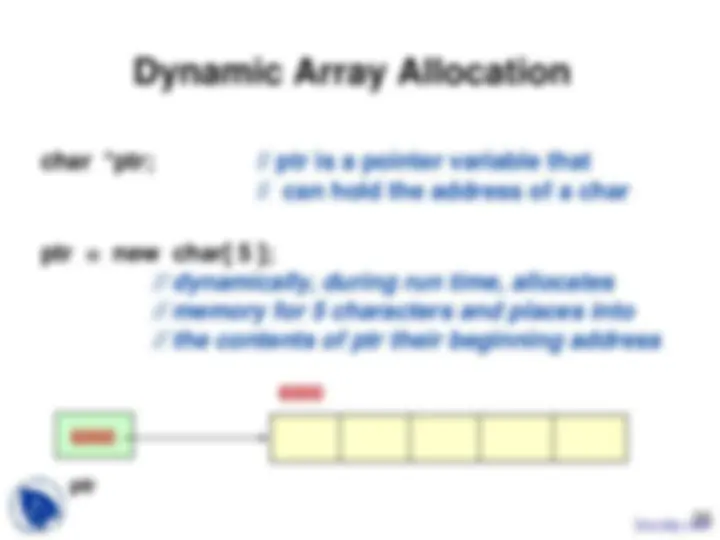
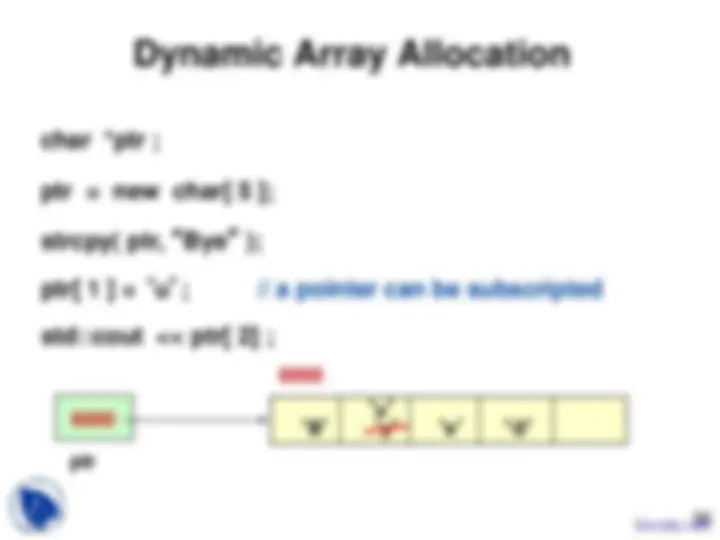
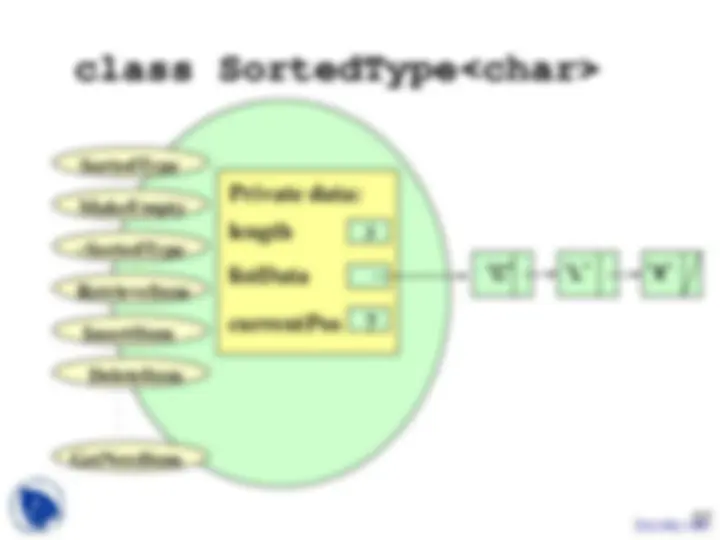
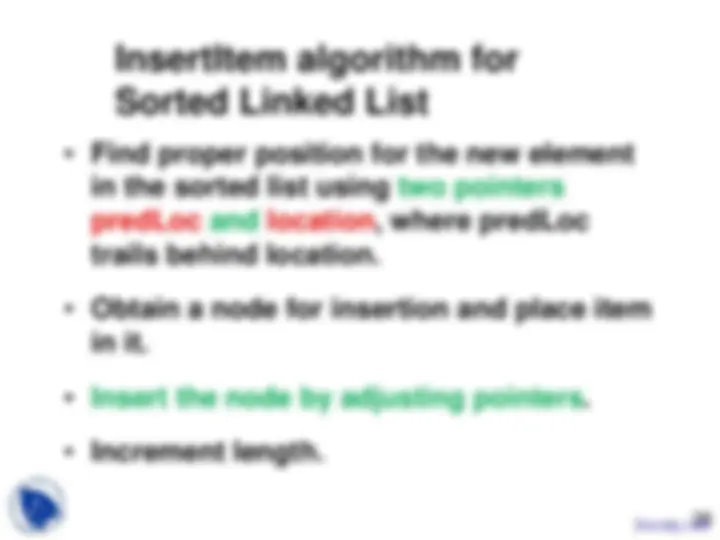
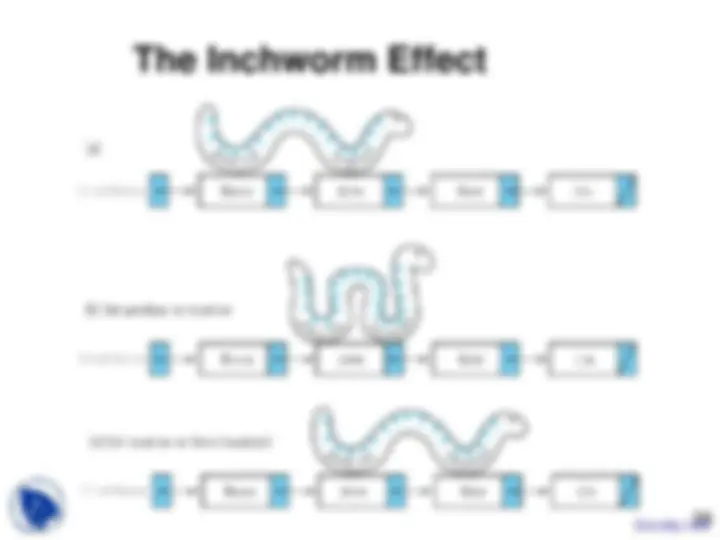
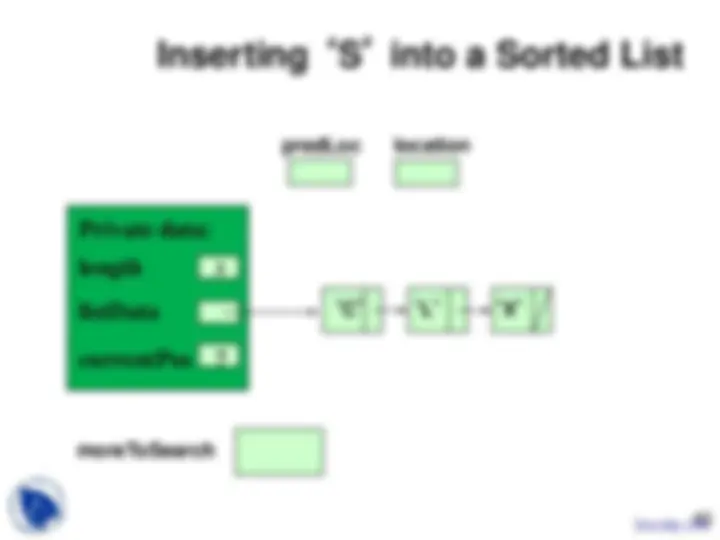
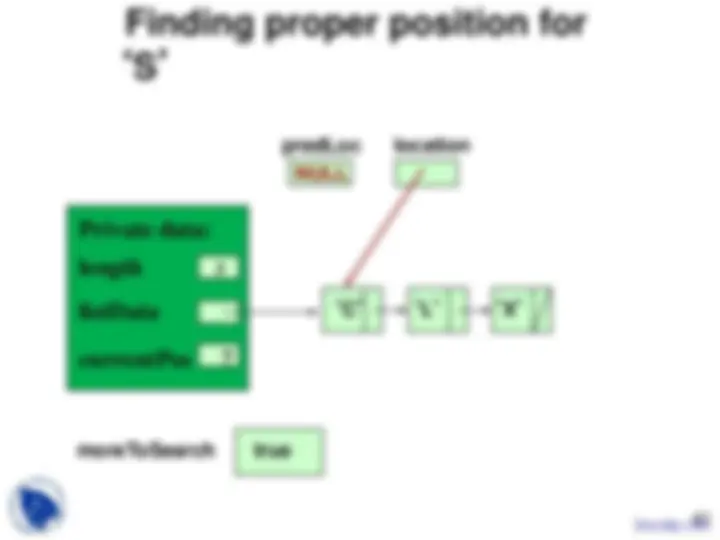
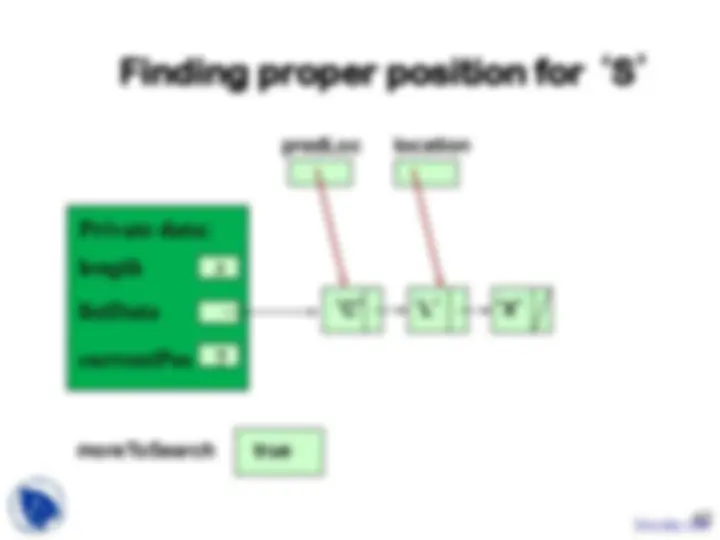
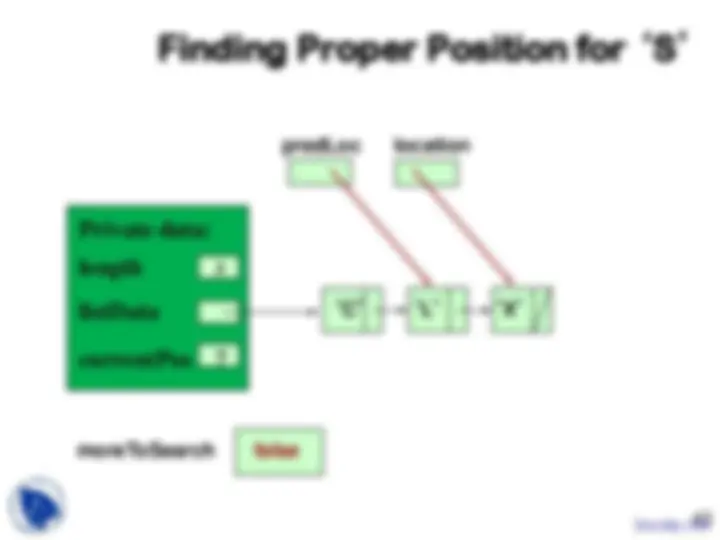
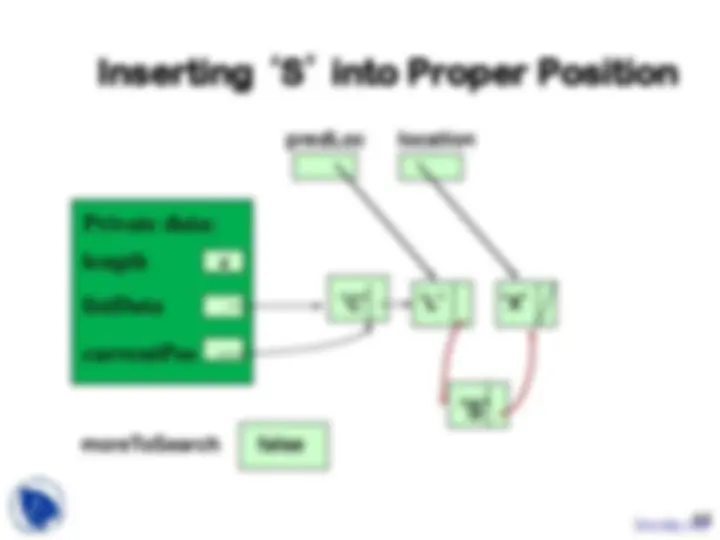
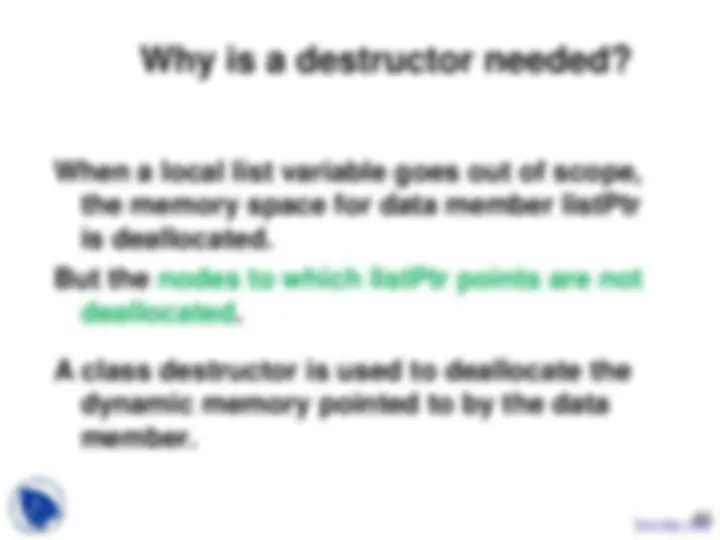
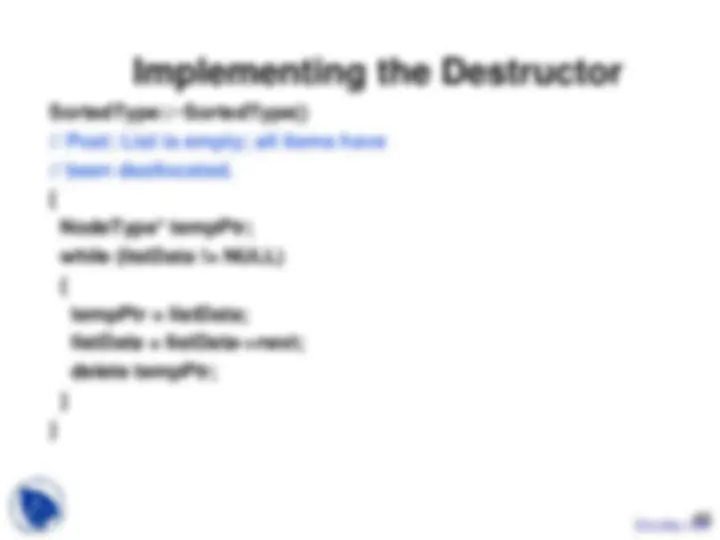
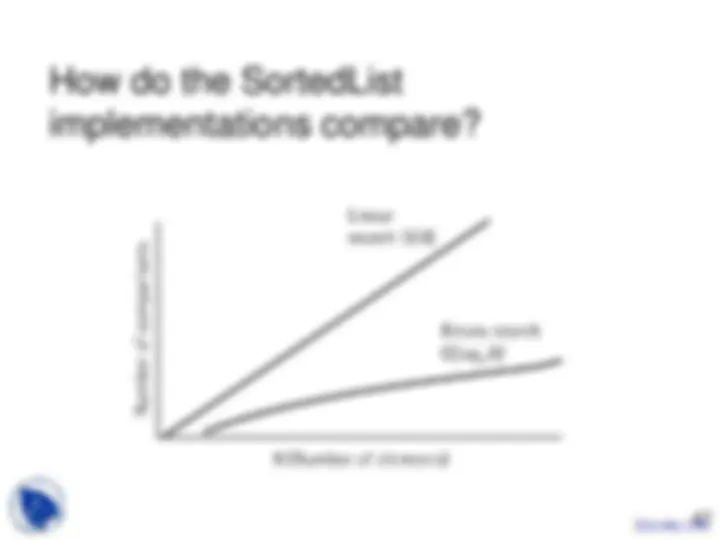
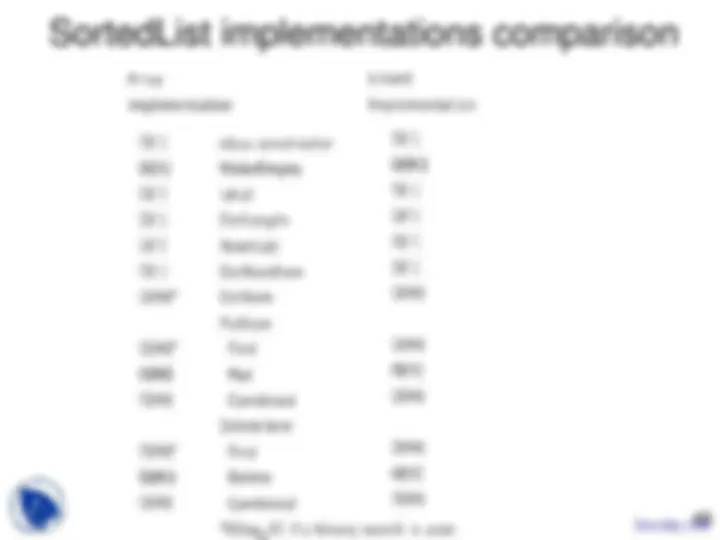
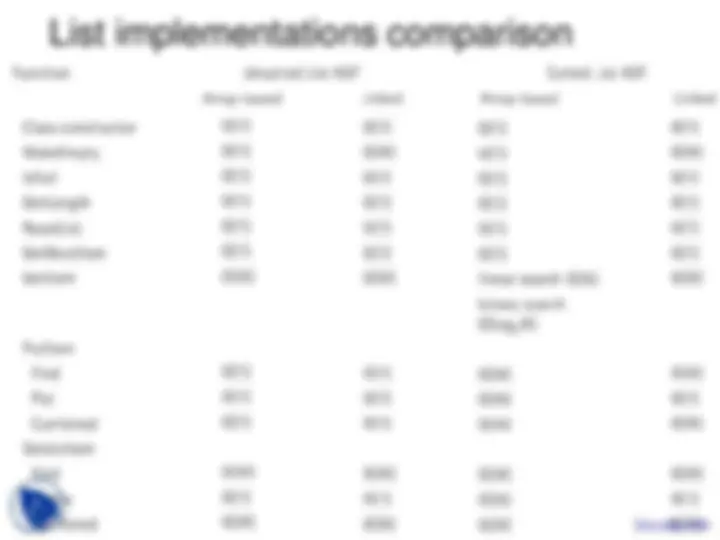

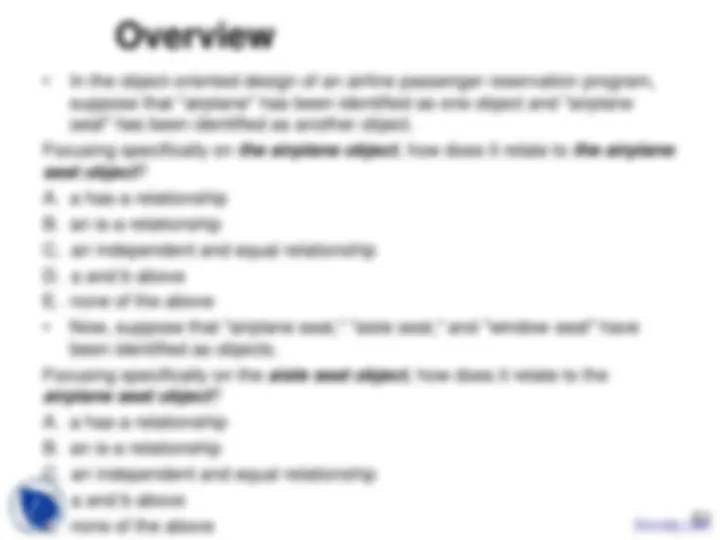
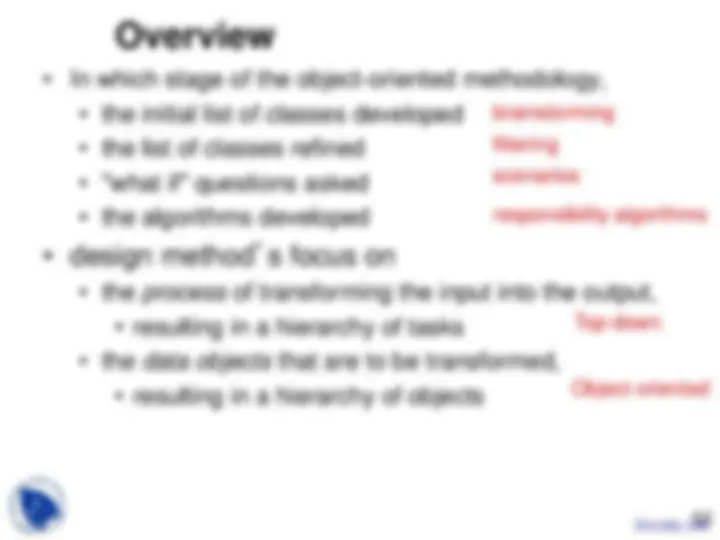
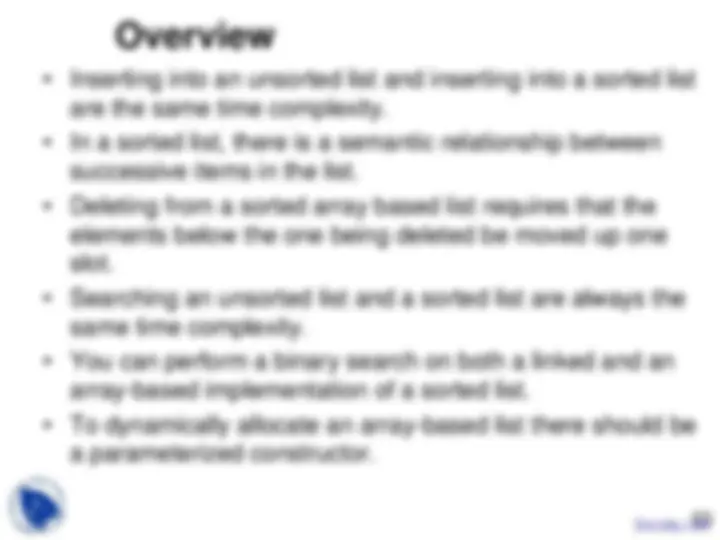
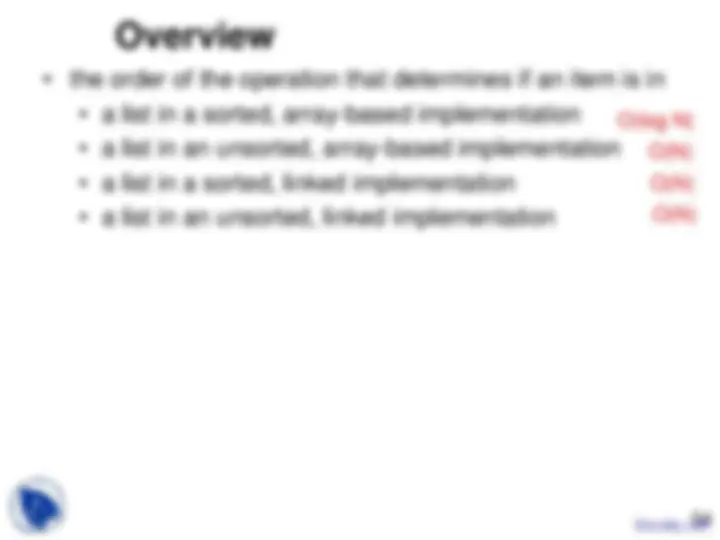
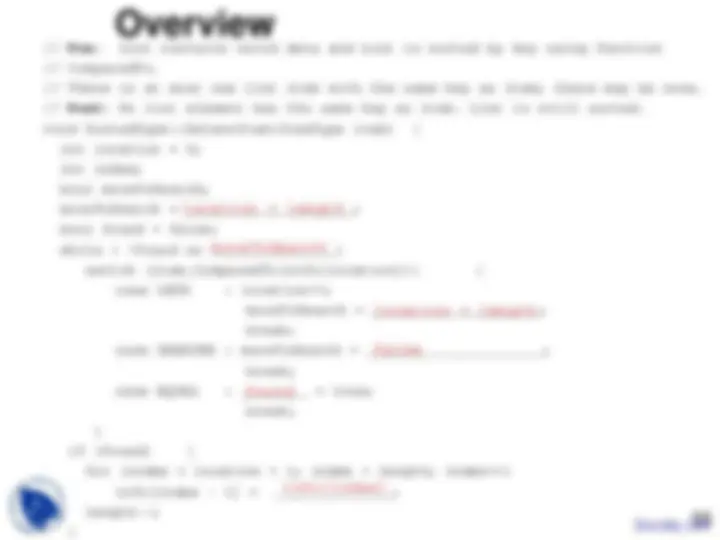
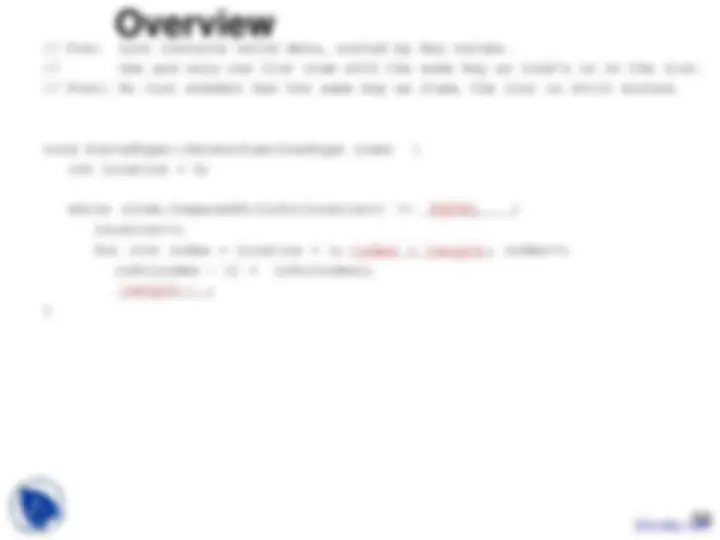
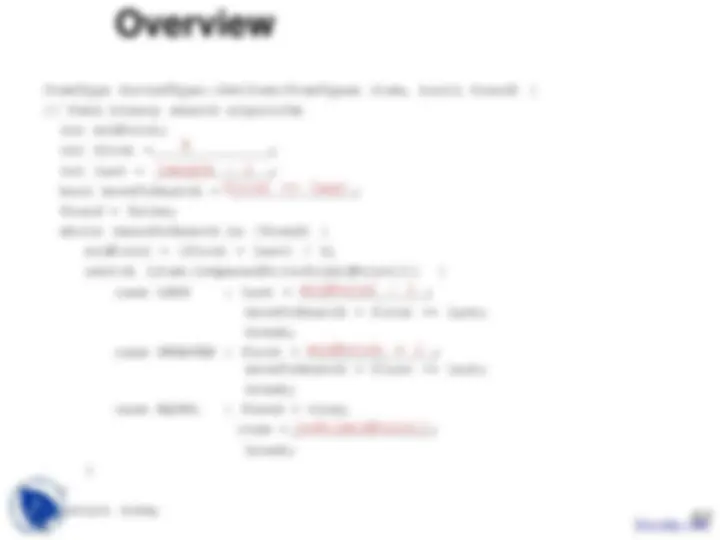


Study with the several resources on Docsity

Earn points by helping other students or get them with a premium plan


Prepare for your exams
Study with the several resources on Docsity

Earn points to download
Earn points by helping other students or get them with a premium plan
Community
Ask the community for help and clear up your study doubts
Discover the best universities in your country according to Docsity users
Free resources
Download our free guides on studying techniques, anxiety management strategies, and thesis advice from Docsity tutors
In the subject of the Data Structures, the key concept and the main points, which are very important in the context of the data structures are listed below:Adt Sorted List, Brainstorming, Filtering, Scenarios, Responsibility Algorithms, Four Stages, Decomposition Process, Group Problem, Spontaneous Contribution, Furiously First
Typology: Slides
1 / 57

This page cannot be seen from the preview
Don't miss anything!


















































void SortedType :: PutItem ( ItemType item )
{ bool moreToSearch; int location = 0; // find proper location for new element moreToSearch = ( location < length ); while ( moreToSearch ) { switch ( item.ComparedTo( info[location] ) ) { case LESS : moreToSearch = false; break; case GREATER : location++; moreToSearch = ( location < length ); break; } } // make room for new element in sorted list for ( int index = length ; index > location ; index-- ) info [ index ] = info [ index - 1 ]; info [ location ] = item; length++;
}